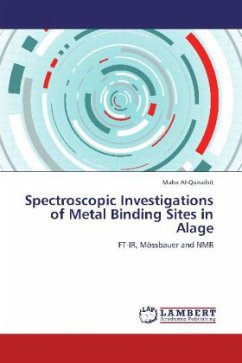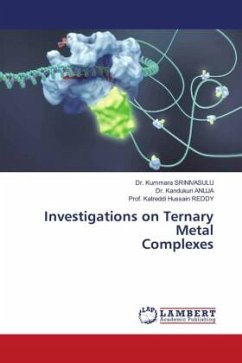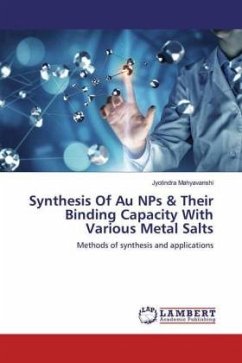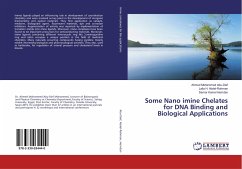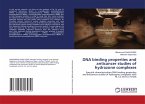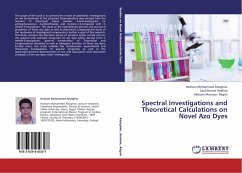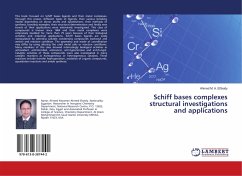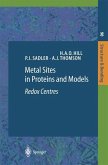This study on the sites of coordination, nature, and mode of bonding of Fe, Cu, Cd, and Sn in different types of algae, employed FT-IR, Mössbauer and NMR to throw some light on the structural conformations of the formed metal ion moieties. The metal ion uptake by chlorella vulgaris exhibited a linear relationship with ionic radii, where ion exchange dominates at low concentrations of Cu, whilst electrostatic binding showed to be the main mode of binding at high concentrations. Changes in bond vibrations of carboxylates confirmed their dominance as binding sites. In addition, 113Cd NMR spectra suggested the participation of -N and -OH containing ligands, and a six-coordinate structure. The Mössbauer spectra of Fe-57 revealed unequal bond lengths between Fe(III) ion and the bonded ligand atoms, and marine algae exhibited a reducing ability into Fe(II) moieties of low octahedral symmetry. Three polyhedral geometries around Sn-119 tetravalent moieties are in equilibrium, and are concentration dependent. The alga chlorella vulgaris restored part of its lost capacity towards metal binding, upon reuse, by aqueous ethanol metal ion solutions which increased with decrease in ionic radii.
Bitte wählen Sie Ihr Anliegen aus.
Rechnungen
Retourenschein anfordern
Bestellstatus
Storno

